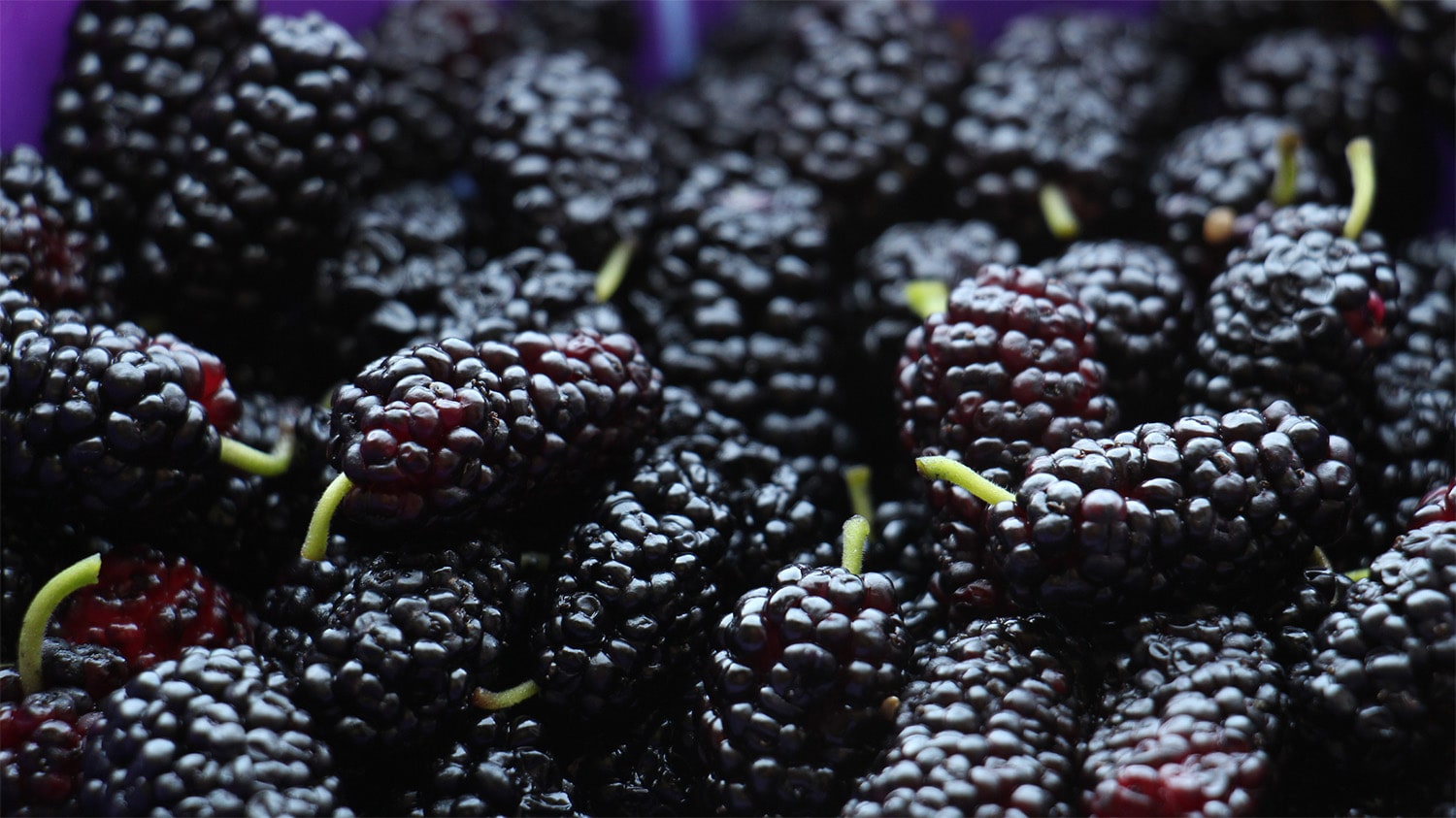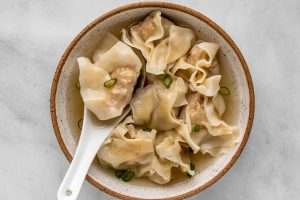
21 interesting facts about Mulberry
- 👁️ 989
Mulberries, belonging to the Morus genus, are not only known for their sweet flavor and versatility in culinary applications but also for their historical significance and health benefits. These deciduous trees have been cultivated for thousands of years across different continents, serving various purposes from silk production to medicinal uses. With over 10 species and numerous varieties, mulberries offer a fascinating topic for those interested in botany, history, or simply looking for a nutritious addition to their diet. Here are 21 interesting and informative facts about mulberries that shed light on their unique characteristics and the reasons behind their enduring popularity.
- Mulberries are fast-growing when young, but soon become slow-growing and rarely exceed 10-15 meters in height.
- The fruit can be white, red, purple, or black in color, depending on the species.
- Mulberries are known to live for hundreds of years. In fact, some trees in China are reported to be over 500 years old.
- They were used in ancient times as a remedy for diseases such as ringworm, insomnia, and dysentery.
- The leaves of the mulberry tree are the sole food source of the silkworm, which produces silk.
- Mulberries are rich in vitamins C and K, iron, potassium, and fiber.
- Unlike other berries, mulberries do not ripen after being picked.
- The tree’s wood is highly valued in creating sports equipment, particularly in crafting cricket bats, hockey sticks, and tennis rackets.
- Mulberries have been historically used to feed livestock and poultry.
- The fruit’s juice is used as a natural dye for fabrics and food.
- In the 17th century, King James I of England attempted to start a silk industry in Britain using mulberry trees but mistakenly planted the black mulberry instead of the white, more suitable for silkworms.
- Mulberries contain resveratrol, an antioxidant associated with heart health and reduced risk of certain diseases.
- They have a naturally sweet flavor that becomes slightly tart when the fruit is fully ripe.
- Mulberry trees are often used in folk medicine, especially in China, to treat various ailments, including arthritis and high blood pressure.
- The tree can be propagated from cuttings, grafting, or seeds.
- White mulberry (Morus alba) leaves were used in China as early as 2600 B.C. to feed silkworms in silk production.
- The fruit is not actually a berry but a collective fruit of many small drupelets.
- Mulberries bloom and produce fruit in spring and early summer.
- They are relatively low in calories, making them a healthy choice for a snack or dessert.
- The leaves, especially those of the white mulberry, are also brewed as a herbal tea.
- Archaeological evidence suggests that mulberries were cultivated as far back as 3000 B.C.
Mulberries offer a rich tapestry of nutritional benefits, historical significance, and versatility that spans across various domains, from health to industry. Their enduring appeal, from ancient silk production to modern-day health food markets, underscores the tree’s adaptability and the fruit’s delightful taste. As we uncover more about these fascinating trees and their fruits, mulberries continue to be a subject of interest for those passionate about history, health, and horticulture. Through the exploration of mulberries, we gain insights into the interconnection between nature, culture, and technology throughout human history.











